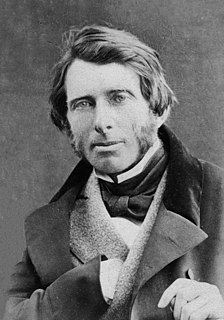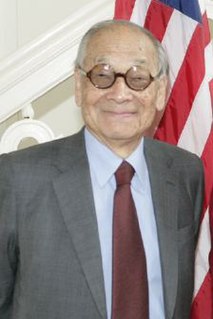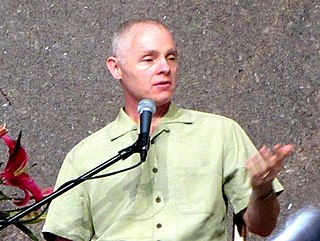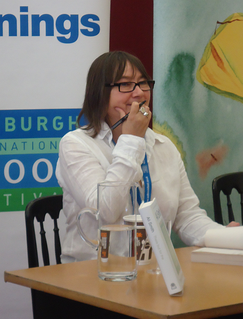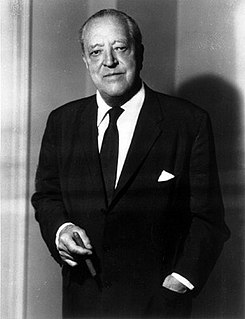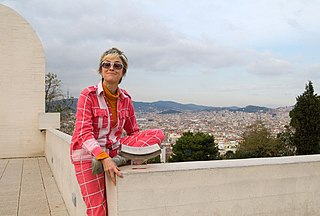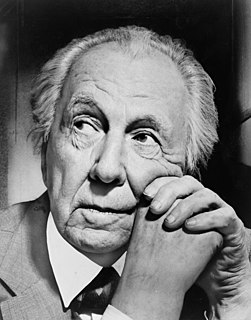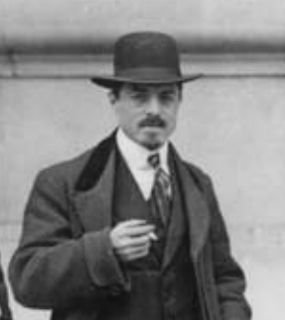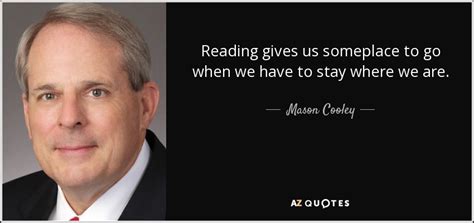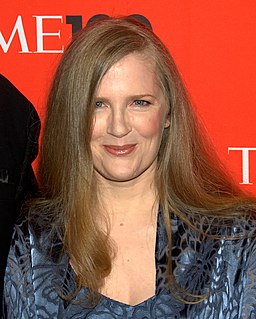A Quote by John Ruskin
Architecture ... the adaptation of form to resist force.
Quote Topics
Related Quotes
Contrary to popular belief, conventional wisdom would have one believe that it is insane to resist this, the mightiest of empires… But what history really shows is that today`s empire is tomorrow`s ashes, that nothing lasts forever, and that to not resist is to acquiesce in your own oppression. The greatest form of sanity that anyone can exercise is to resist that force that is trying to repress, oppress, and fight down the human spirit.
To me, form doesn't always follow function. Form has a life of its own, and at times, it may be the motivating force in design. When you're dealing with form as a sculptor, you feel that you are quite free in attempting to mould and shape things you want to do, but in architecture, it's much more difficult because it has to have a function.
Whatever you resist you become. If you resist anger, you are always angry. If you resist sadness, you are always sad. If you resist suffering, you are always suffering. If you resist confusion,you are always confused. We think that we resist certain states because they are there, but actually they are there because we resist them.
I want to try to come away from that one directional, clear rectangular form. It's not used because it's the most beautiful form; it's just the practical thing. That's why our TVs are rectangles. Even in modern architecture, they want us to believe, "That's the nicest, most beautiful thing." I love modern architecture, but actually it's that they cannot afford amorphous shapes or ornaments.
So here I stand before you preaching organic architecture: declaring organic architecture to be the modern ideal and the teaching so much needed if we are to see the whole of life, and to now serve the whole of life, holding no traditions essential to the great TRADITION. Nor cherishing any preconceived form fixing upon us either past, present or future, but-instead-exalting the simple laws of common sense-or of super-sense if you prefer-determining form by way of the nature of materials.
When we come to understand architecture as the essential nature of all harmonious structure we will see that it is the architecture of music that inspired Bach and Beethoven, the architecture of painting that is inspiring Picasso as it inspired Velasquez, that it is the architecture of life itself that is the inspiration of the great poets and philosophers.
When we talk of architecture, people usually think of something static; this is wrong. What we are thinking of is an architecture similar to the dynamic and musical architecture achieved by the Futurist musician Pratella. Architecture is found in the movement of colours, of smoke from a chimney and in metallic structures, when they are expressed in states of mind which are violent and chaotic.
